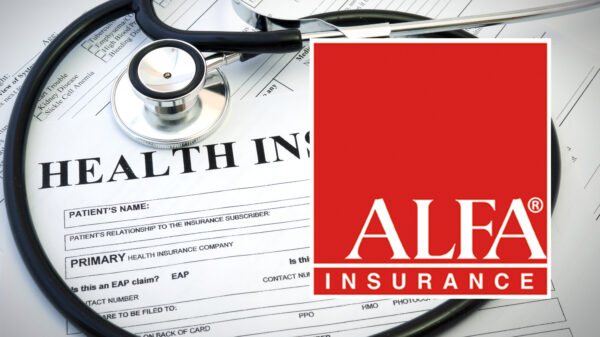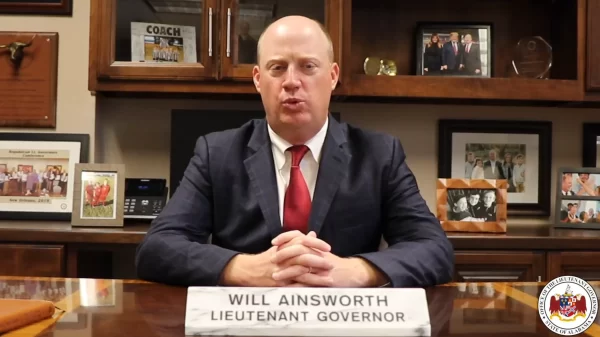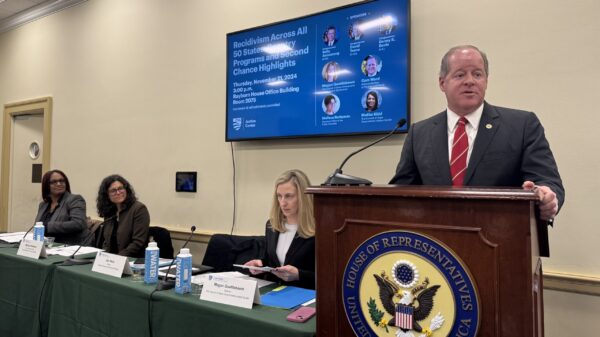The University of Alabama at Birmingham’s bond rating had been upgraded from stable to positive by S&P Global Ratings, citing rising enrollment and employment, in addition to the university’s strategic planning and COVID-19 response, according to UAB News.
“The revised positive outlook and rating reflect UAB’s favorable performance through the global pandemic to date with an increasing enrollment trend, healthy financial operating performance, ample available resources for the rating and a low debt burden,” S&P wrote in its finding.
University of Alabama System Chancellor Finis St. John told UAB news that the positive rating by S&P is good news for the university and impactful for the state.
“With an annual economic impact well exceeding $7 billion, UAB’s positive S&P financial outlook is great news for the Birmingham region and our state as a whole,” St. John told UAB news. “UAB — known for its world-class education, research and patient care, and its unsurpassed expertise in public health and infectious disease — has been critical to the UA System’s successful navigation of the COVID-19 pandemic, so it stands to reason that S&P would recognize the institution’s strong performance and resiliency.”
“We made hard decisions with UA System leadership in the early days of the pandemic to protect UAB and UAB Medicine’s financial stability,” UAB President Ray Watts told UAB News. “As we moved to virtual instruction at the university and canceled elective procedures throughout the Health System to keep people safe, that resulted in furloughs, reductions in compensation, a hiring freeze, and the suspension of institutional matches to 403(b) retirement plans, among other necessary cost-saving measures. While difficult, this allowed us to weather the pandemic.”
The following excerpts of S&P’s report describe the justification of the upgrade in UAB’s outlook:
- UAB’s total headcount grew 15.5 percent to 22,563 in fall 2020 from the 19,535 headcount recorded five years earlier in fall 2016. Over the same period, total FTE enrollment increased 16.3 percent to 18,472 in fall 2020 from 15,871 in fall 2016.
- Undergraduate FTE enrollment increased by 1.3 percent in fall 2020 to 11,998 compared to the fall 2019 enrollment of 11,841 — rather remarkable, in our view, given the pandemic’s depressing effect on most college and universities fall 2020 enrollment.
- Graduate FTE enrollment also increased by 5.8 percent in fall 2020 to 5,302. The professional FTE enrollment has generally grown about 1percent to 2percent per year and rose 0.4percent to 1,172 in fall 2020 from the prior year’s fall enrollment …. Freshman applications increased by 20.5 percent to 10,391 for fall 2020 from 8,623 in the prior year.
- UAB’s balance sheet in our view is another of its key credit strengths with healthy growth in cash and investments and net property plant and equipment over the several years while long-term debt has increased only modestly.
In its report, S&P recognized UAB’s:
- Role as the premier medical and health sciences university in Alabama, with a nationally recognized academic medical center, that enjoys favorable enrollment and patient utilization;
- Very healthy financial results on a full-accrual basis for each of the past five fiscal years, also expected for fiscal 2021;
- Diverse revenue stream that is not tuition-dependent since health care operations account for approximately 49.6 percent of adjusted operating revenue in fiscal 2020, and research 11.4 percent;
- Superior available resources as of fiscal year end 2020, with unrestricted net assets (UNA) at 60.8 percent of adjusted operating expenses and 232.2 percent of outstanding debt;
- Low 1.1 percent pro forma debt burden based on maximum annual debt service (MADS) of $47.0 million in fiscal 2021 that excludes hospital-related debt since that debt is separately secured and rated; and
- Robust management and governance that is fiscally conservative in its budgeting, financial operations and investment management practices.
UAB Senior Vice President for Finance and Administration Allen Bolton says a positive outlook is always significant, but this outlook is particularly significant given the timing and S&P Global Rating’s overall outlook for higher education.
















































